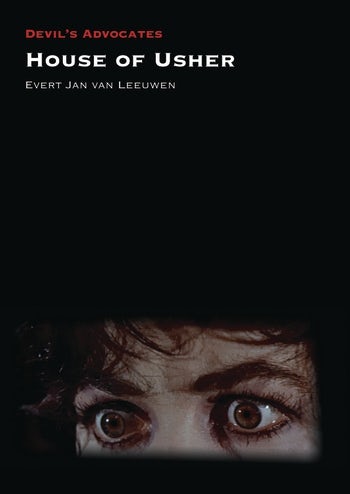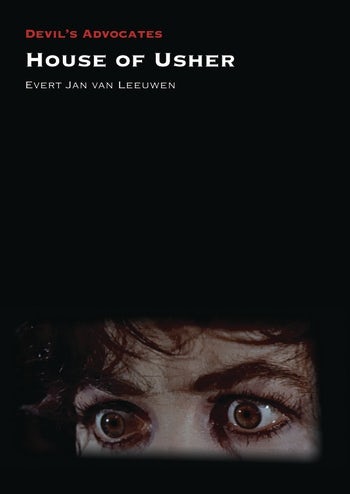Despite being the product of Roger Corman’s AIP exploitation studio, HOUSE OF USHER (1960) enjoys a high standing. But while the impact and cult status of Corman’s Edgar Allan Poe cycle is often discussed in histories of gothic, horror and exploitation cinema, no extended analysis and critical discussion has been published to date that explores specifically the aesthetic appeal of HOUSE OF USHER.
This Devil’s Advocate provides a complete study of Corman’s influential first Poe picture. Evert Jan van Leeuwen explores the underlying narrative structure, borrowed from Poe’s original story and shows how close Richard Matheson’s script followed Poe’s theory of short fiction. He goes on to explore the formal techniques of allegory and symbolism employed to represent the house as a monster before focusing on Corman’s imagery, showing how the use of specific camera angles, lenses, colours and sound effects create and sustain the simultaneously morbid and beautiful atmosphere of gothic decay. Finally, he situates horror icon Vincent Price’s performance as Roderick Usher in the context of the nineteenth-century Romantic misfit and the post-war countercultural anti-hero, two closely-related cultural identities.
Author Evert Jan van Leeuwen is a lecturer in English and American culture at Leiden University, the Netherlands.


